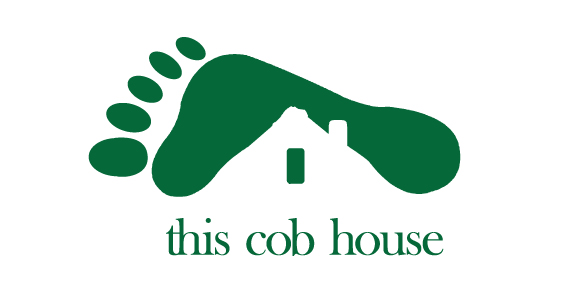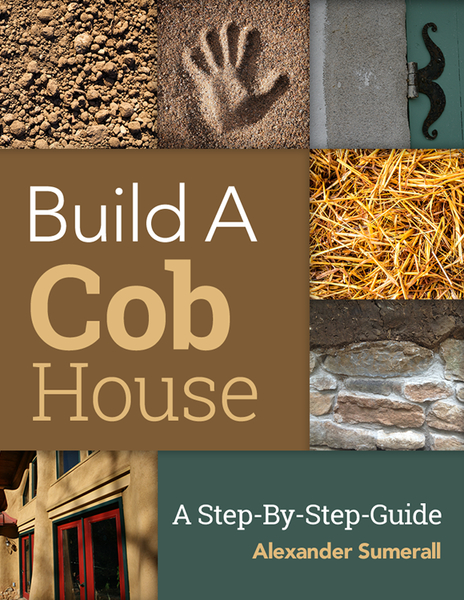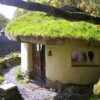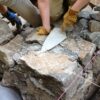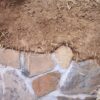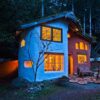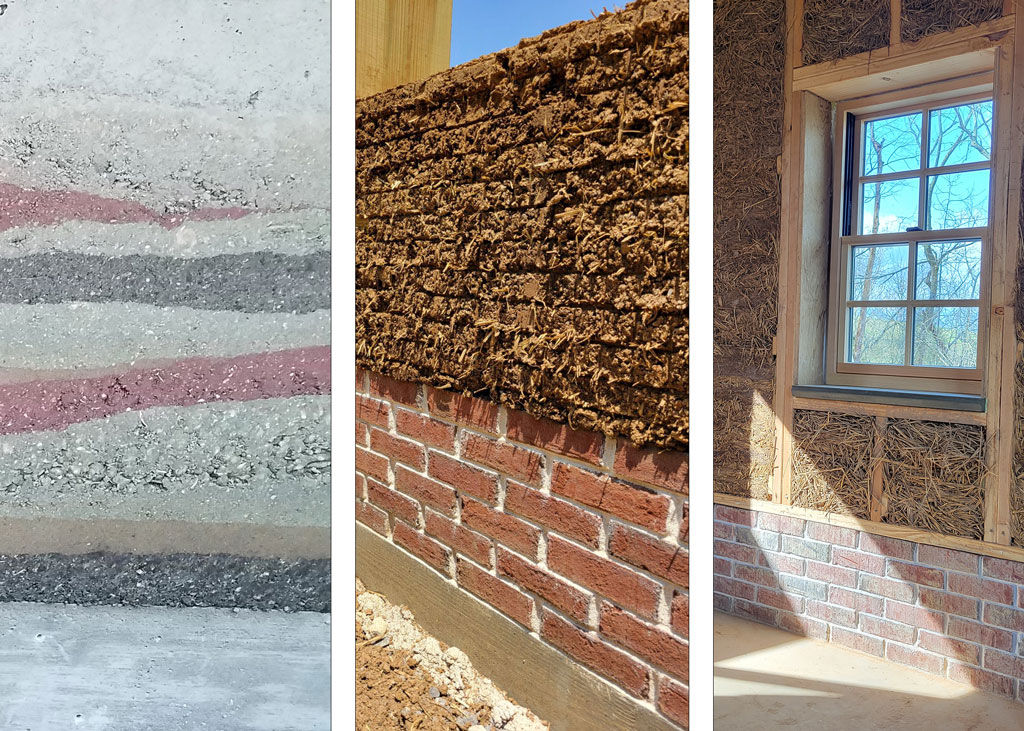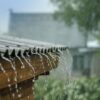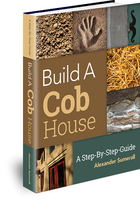Hey everyone! I’m here in Costa Rica again, and I just wanted to give you guys an update and give out some information about cobb building again. I wanted to just share some more information with you. Last year, I was here in Costa Rica experimenting with cob building and natural building, and working on some building projects. I’m not actually here this year to do that, but I’ve been observing a lot of the structures here
and how they build, and it’s very different back home in the United States. Here the way they build is basically very bare-bones. The climate is very warm usually in the 80s, 80-something degrees Fahrenheit year-round. There’s a lot of rain and it’s humid here so they don’t build with any insulation. There’s a lot of air venting and a lot of the buildings are just open air. They’re not sealed so you get a lot of natural air flow. So actually what I wanted to talk about in this video is the complete opposite of the way they built here and I want to talk about how to insulate a cob building or an earthen building.
There’s a lot of misconceptions about cob and insulation. People think that because the cob walls are so thick and dense that there’s going to be a high insulation value but there’s actually not. When you think about cob, you need to kind of think about it not having any insulation value at all. So technically, there’s about an R3 insulation value for a foot thick wall of cob. So that’s really very very minimal and it’s not going to make any significant difference. But this is not something that should deter you from building with cob even if you’re in a colder climate. For one example, if we look at conventional buildings. People always build concrete buildings and cinderblock buildings in cold climates. These buildings are not insulated. These are just concrete walls and people are fine in these buildings in cold climates. You just need a heat source inside. It’s really not that complicated, but a lot of people get turned off about building cob, rammed earth, and adobe in a temperate to colder climate because they just feel like they’re going be freezing cold all the time and it’s not going to work for their climate. but this is really not the case and it’s not really looking at things with a broad perspective.
One of the advantages that concrete does not have that earthen materials do have is that cob has thermal mass. Thermal mass is the ability for the walls to store heat and then re-release that heat to the inside of the building naturally. So it naturally regulates the indoor air temperature of the building. This is something that concrete does not have. It’s the same with fired bricks. Fired bricks do not have this property so this is a big advantage of cob. You don’t have the insulation but you have the thermal mass.
So if you really want to insulate a cob building, I think would be difficult. There are ways to insulate rammed earth buildings though. Rammed earth buildings are pounded earth. You pound earth into a form and remove the forms and you have an earth wall. So what they do with rammed earth in cold climates sometimes is they “sandwich” an insulation layer in between two layers of rammed earth and then they tie the two layers together with rebar so it’s essentially a monolithic wall except there’s a layer of insulation in the middle
This is a possibility for rammed earth, and you could technically do the same thing with the cob walls. It would just be more difficult to construct. So that’s almost one of my recommendations. If you’re really in a very cold climate but you want an earthen building I would go with rammed earth. That’s one of the pros to rammed earth as opposed to cob. But if you’re in a temperate climate I think you’re okay without the insulation added. Green building guidelines are obsessed with insulation R values and creating a sealed package for your building, but this is all quite overrated, in my opinion. If you have questions, you can email me through the contact page.
